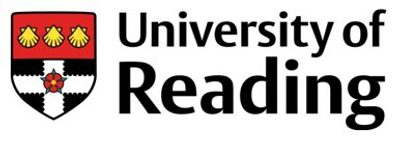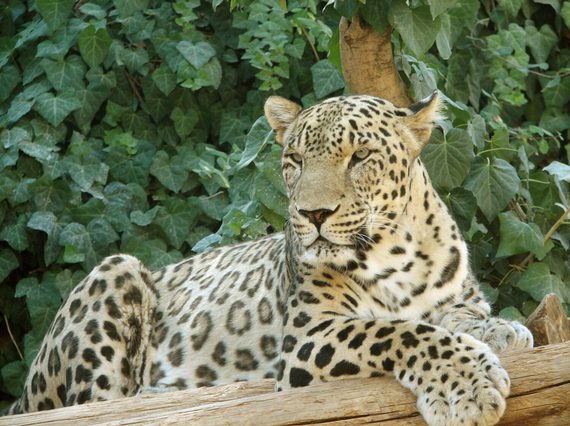
From Feed the Birds to Do Not Feed the Animals
This collaborative project looks at the roots of animal feeding, to establish the benefits and risk to humans, animals and the environment.
Last updated: 18 September 2025
About the project
This UK-wide collaboration takes a deep-time, cross-cultural perspective on the roots of animal feeding, to establish the benefits and risk to humans, animals, and the environment. This project is funded by the Wellcome Trust and brings together the universities of Exeter, Roehampton, and Reading alongside National Museums Scotland, with expertise in zoology, zooarchaeology, geochemistry, anthropology and social sciences.
Signs stating ‘Do not feed the animals’ are commonly seen in zoos, national parks and urban spaces. Their purpose is to deter uncontrolled feeding by people, which can affect animal health, alter wild animal behaviour and create public hygiene and nuisance issues. However, humans appear to have a deep-seated proclivity to feed animals, which can be traced back over millennia.
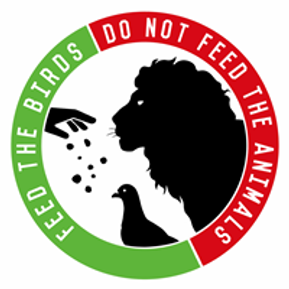
- Project title
From ‘Feed the Birds’ to ‘Do Not Feed the Animals’
- Project active
2020 - 2024
- Research theme
Sustainability
- Website
- Twitter/X
Contributors
Dr Andrew Kitchener - Principal Investigator - National Museums Scotland
Professor Naomi Sykes - University of Exeter
Dr Stuart Black - University of Reading
Professor Garry Marvin - University of Roehampton
Dr Angela Cassidy - University of Exeter
Publications
Cooper, D. and Kitchener, A.C. 2025. You are what you eat: Dietary drivers of morphological change. In: Mullan, A., Smallman, R., De Bondt, H. and Waterman, J. (eds). The hand that feeds: The complex relations of human-animal feeding. pp.161-188. London: UCL Press.
Cooper, D.M., Chidimuro, B., Black, S., Davis, O., Dobbs, P., Mortier, G.G., Sadebeck, F., Schwarz, T., Smallman, R., Sykes, N., Waterman, J., and Kitchener, A.C. 2025. An osteobiography of a celebrity chimpanzee reflects the changing roles of modern zoos. Scientific Reports 15: 7190. https://doi.org/10.1038/s41598-025-88597-x
Cooper, D.M., Yamaguchi, N., Macdonald, D.W., Patterson, B.D., Salkina, G.P., Yudin, V.G., Dugmore, A.J. and Kitchener, A.C. 2023. Getting to the Meat of It: The Effects of a Captive Diet upon the Skull Morphology of the Lion and Tiger. Animals 13 (23): 3616. https://doi.org/10.3390/ani13233616
Cooper D.M., Yamaguchi N., Macdonald D.W., Nanova O.G., Yudin V.G., Dugmore A.J., Kitchener A.C. 2022. Phenotypic plasticity determines differences between the skulls of tigers from mainland Asia. Royal Society Open Science 9: 220697. https://doi.org/10.1098/rsos.220697
By focussing on cats, foxes, birds and zoo animals, this project examines the categories that we assign to animals as pets, pests, zoolife and wildlife, and how they are considered in relation to animal feeding, and human-animal-environmental health. In particular, we will explore whether the hypothesis that animal domestication was driven by a human penchant for animal feeding, and that this process is not just continuing but accelerating.
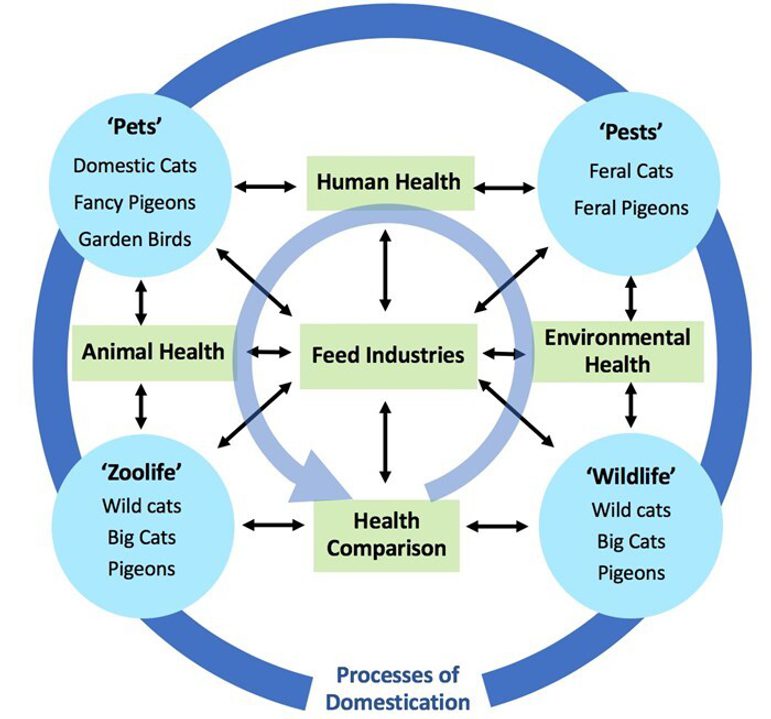
The research takes a long view, tracing these processes in Britain from ancient to modern times. In addition, the project has adopted an ‘engaged research’ approach so that multiple stakeholders will participate at all stages of the process to co-create the research questions and outcomes.
Project contact
Dr Andrew Kitchener
Partners
Supported by
Natural Sciences news and stories
- Discover
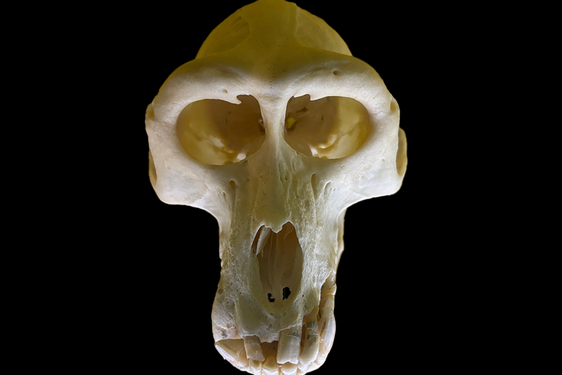
6 world-class type specimens in our stores
Written by Dr Andrew Kitchener, Dr Rachel Walcott & Dr Andrew RossType specimens are among the most important objects in natural science collections. They are the specimens on which the scientific names of species of animals, plants or minerals are based. Animals and plants are named using the Linnaean… - Discover

What's in a firework? Minerals that bang
Written by Emily BrownSo, you light a firework, you stand back and WHOOSH, off it shoots into the air. A few seconds wait and then BOOM, the firework explodes in a shower of coloured sparkles raining down from the sky. To get this sequence of events, you need… - Discover
Abernethy Pearl: Scotland's largest freshwater pearl
Written by Dr Rachel WalcottIn 1967, Bill Abernethy was pearl fishing near the River Tay when he came across his rarest and greatest discovery. At a weight of 43.6 grains, the Abernethy Pearl is the largest freshwater pearl found in Scotland in modern history.
